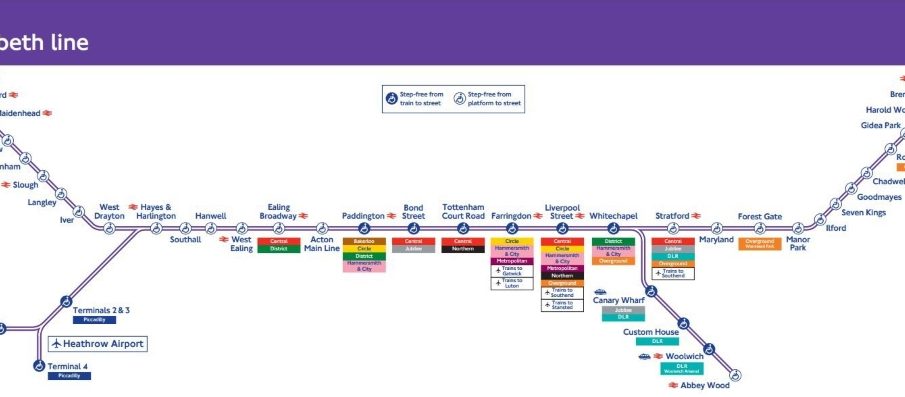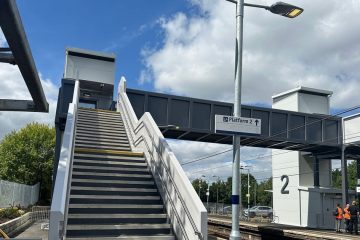The Impact and Importance of the Elizabeth Line

Introduction
The Elizabeth Line, part of London’s extensive transport system, officially opened on May 24, 2022, and has since revolutionised the way people travel across the capital. Connecting Reading and Heathrow in the west to Shenfield and Abbey Wood in the east, the line is a crucial addition to London’s infrastructure, significantly reducing journey times and enhancing the connectivity of various boroughs. With the continuing growth in London’s population and economy, the line’s relevance cannot be overstated, as it addresses the challenges of congestion and offers improved access to key destinations.
Key Features of the Elizabeth Line
The Elizabeth Line spans approximately 60 miles with 41 stations, 10 of which are brand new. Featuring advanced trains that can reach speeds of up to 90 mph, the service significantly shortens travel time between destinations. For instance, a journey from Canary Wharf to Paddington, which previously took around 30 minutes, can now be completed in just 17 minutes. The introduction of the Elizabeth Line also marks a substantial increase in capacity, with an estimated 200 million passengers expected to use the service annually.
Economic and Social Benefits
The economic implications of the Elizabeth Line are profound. By improving access to various economic hubs, the line supports job creation and attracts further investment to the areas it serves. The line also aligns with London’s long-term transport strategy, promoting sustainable development and reducing reliance on car travel. Additionally, improved transport links foster social inclusion, enabling communities to connect more easily and providing residents with access to jobs, education, and leisure activities that may have previously been out of reach.
Challenges and Future Developments
While the Elizabeth Line has undoubtedly improved transportation, it is not without its challenges. Initial teething issues, such as service delays and capacity management during peak times, have been reported. However, Transport for London (TfL) is actively working on solutions to enhance efficiency and reliability. Looking ahead, the line is expected to further integrate with London’s extensive public transport network, which will include future expansions and improvements to station facilities.
Conclusion
The Elizabeth Line represents a transformative step in London’s transport landscape, alleviating congestion and promoting greater accessibility across the capital. As it settles into regular service, the focus will likely shift towards maximising its economic and social benefits, ensuring it serves as a pivotal asset in London’s ongoing development. For commuters and residents alike, the Elizabeth Line signifies not just a new route, but a promising future of travel in London.









